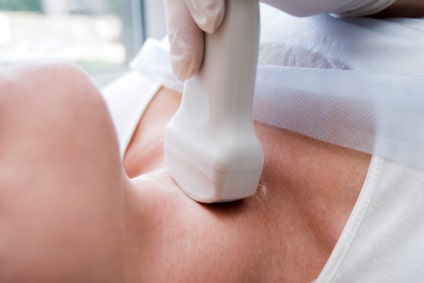What is CIMT? CIMT stands for carotid intima-media thickening. The intima and media are the two innermost layers of the...

What is CIMT? CIMT stands for carotid intima-media thickening. The intima and media are the two innermost layers of the...
© 2025 jackomd180. All rights reserved.